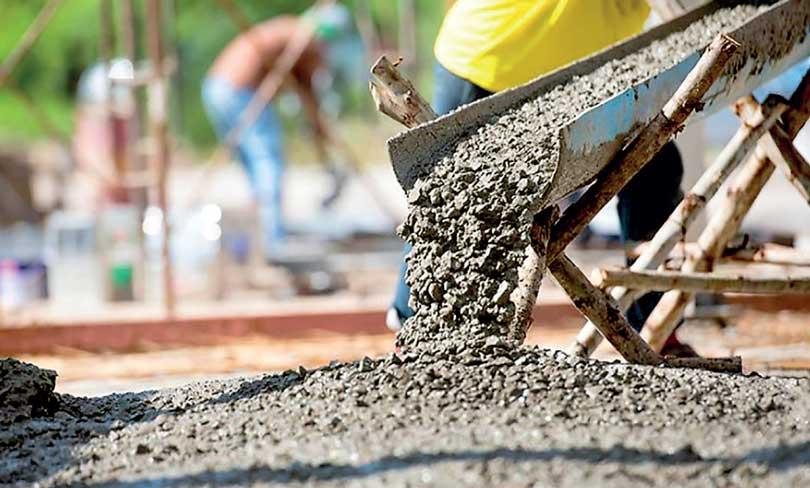Sri Lanka’s cement consumption rose by 8.5% for the year ending March 2024, following a period of contraction over the past two calendar years, according to Tokyo Cement. The increase is attributed to a more stable rupee, which has helped reduce costs and spur recovery in the sector.
Tokyo Cement outpaced the industry with a 14% growth in cement consumption, surpassing the overall sector’s growth rate. The industry had experienced a decline from 4.54 million metric tones in 2022 to 3.79 million in 2023, marking a 16.5% contraction in 2023 and a 36.5% contraction in 2022.
The construction sector faced significant challenges due to economic policies, including currency instability, import controls, and rising costs. Many developers halted or postponed projects, exacerbated by increased contractor fees and labor costs. The government’s response included halting projects and raising taxes, which further impacted the sector.
The introduction of the CESS on imported raw materials and increased contractor fees put additional pressure on the industry. However, government payments to contractors via Treasury bonds and subsequent debt recovery for suppliers and manufacturers helped stabilize the market.
Adverse weather conditions from August to December also disrupted construction activities and material distribution. Despite these challenges, the stabilization and appreciation of the rupee, along with reduced global import and freight costs, led to a decrease in cement prices. Prices for a 50 kg bag dropped from 2,750 rupees to 2,600 rupees in May 2023, and further reductions followed, with a final price of 2,250 rupees per bag in June.
Tokyo Cement is also expanding its factory, set to increase its production capacity from 3.1 million to 4 million metric tonnes per year by the end of 2024.
